
The Naso Teribes or Naso Tjerdi
Indigenous population, numbering approximately 3,500 people, live mainly as subsistence farmers along the Teribe River.
They live in wooden houses, with roofs of bamboo-type palm leaves, generally these houses are located in high places, to protect themselves from the strong floods of the Teribe River.
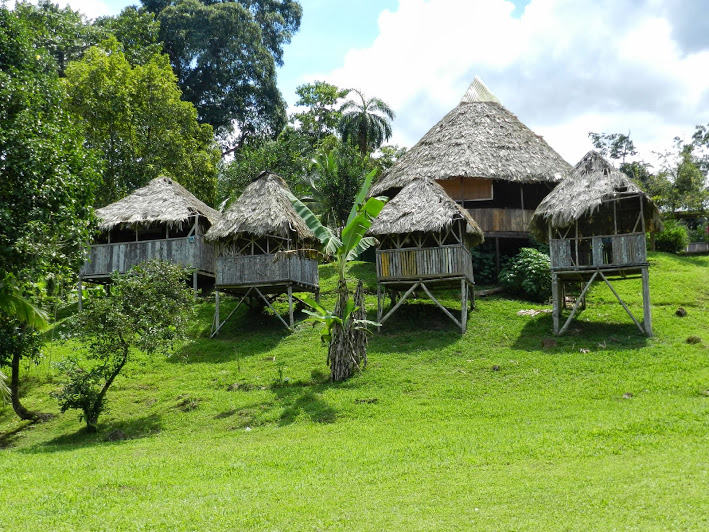
Some Naso Teribes profess the Catholic religion, although they traditionally believe in Sibö, supreme god and author of the creation of the world. They also profess a highly respected veneration of the Teribe River, of which they call it Great Grandmother, and which has served as a sustenance for the ethnic group in general.
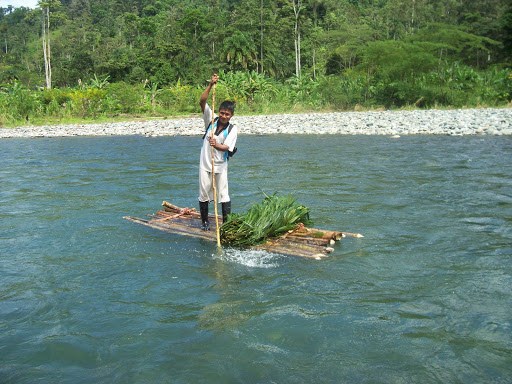
Families have a monogamous nucleus, but the number of members per family varies in various locations. They do not currently have traditional rites for marriage.
The vast majority of the Naso Teribe have the surname Santana.
Their talent and skill are evidenced in the crafts they make from various trees in the region. They turn rustic logs into true works of art, representing birds, snakes, eagles, parakeets, monkeys, toads, turtles, as well as views of rivers, mirrors or pictures to put photos.
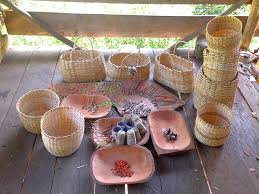
The Naso Teribe people are ruled by a king since time immemorial. According to tradition, only men could access the throne and the position was for life. When the king died, the title fell to the brother who was next in age. And when he died, the succession returned to the eldest son of the previous king, who until then held the title of prince. If the dynasty was completely extinguished, the married men of the tribe should meet, to elect a new king, within another powerful family of the town.
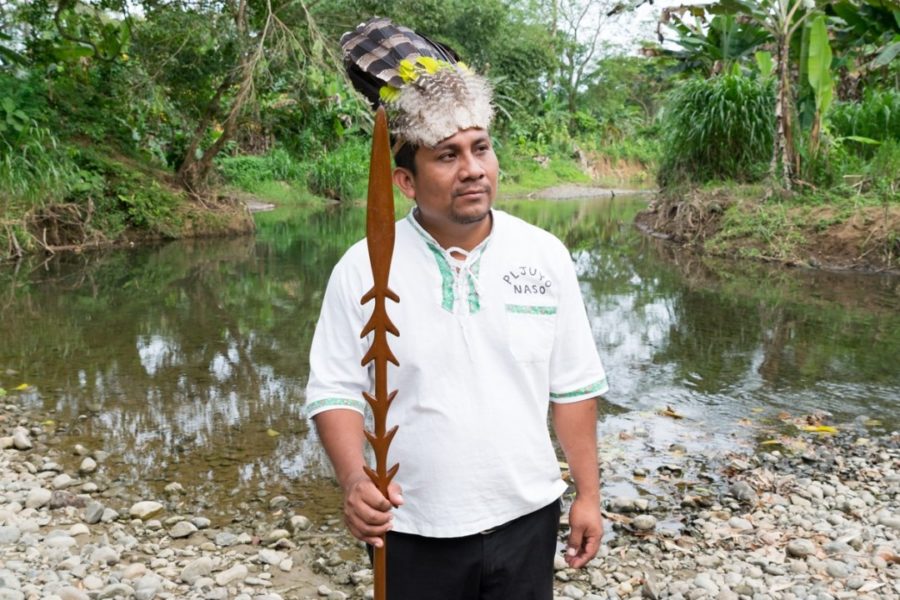
Currently the government is under a mixture of constitutional and hereditary monarchy. The king is now elected by the people in a vote, men and women can run (as in the case of Queen Rufina), but they must belong to the Santana family, the ruling dynasty, which began in the first half of the 20th century. . The king can be removed from office in the General Council of the People, with a quorum of 900 people, and under the charges of murder, treason and other crimes indicated in the traditional laws.
The Royal Palace is located in Sieyik, capital of the region, and in it, apart from the king, the General Council that assists him and that is also democratically elected is found. The king does not have functions of command or administration of justice, in practice he is a community leader and ceremonial representative of the ethnic group.
The Bribri
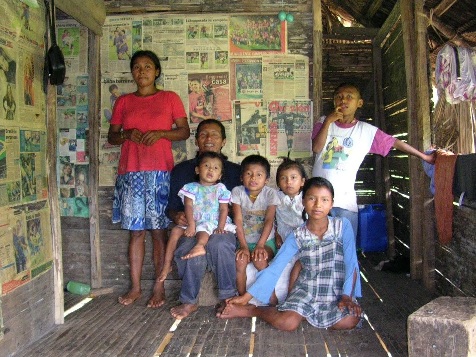
The community is committed to Ethno-tourism, as an alternative to preserve its culture, in harmony with nature.
Traditionally they have lived from fishing, cultivation of bananas, plantains, cocoa, produced naturally, taking advantage of the wealth of the banks of the Yorkin River, and the production of handicrafts.
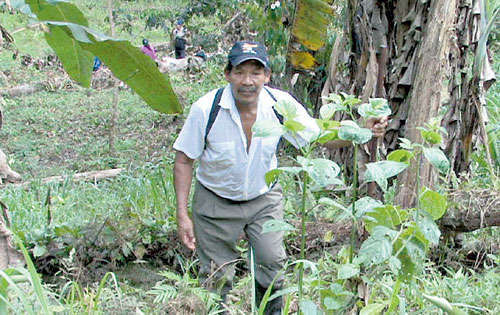
They constitute a minority ethnic group, representing 1.1% of the country’s indigenous population. The Bribri population in the Caribbean sector is geographically located in the communities of: El Guabo de Yorkín, Dackle, Namú wökir, and Bris. The political organization is made up of the King or “BLU” who represents the Authority and a General Council, made up of seven members of the community and elected by the people. They are in a process to determine the political categorization of their territory. The bribri of Panama form a single group with those of Costa Rica.
The Bribri have no religion, but rather have an ethical and philosophical code called Siwá that contains all the teachings, regulations and explanations about the natural and supernatural world, there is only one God who is Sibö, who is omnipotent and omnipresent but not omniscient. Sibö has a main helper who is her sister SuLá and several helpers’ minors like the owner of the forests DuaLök and the one who takes care of the animals ShuLakma
On the other hand, the awapa are the doctors, those in charge of preserving the health of the community members. The health not only of their bodies, but also of their spirits, since illness for the Bribri has a spiritual origin. There is great interest from the community to rescue the role of the AWA.
Rites and beliefs: The Bribris, believe that they descend from a grain of corn, that Sibö (God), would have launched from Mount Namásul and that in the germination it gave birth to the clans of Talamanca.
For the celebrations the Sorbón dance is danced, in which men and women form a great circle marked by their steps and symbolizes solidarity and belonging to the land. It is traditionally made after the construction of a community ranch or the repair of a suspension bridge and is accompanied by chicha, which is a low-alcohol fermented corn drink.
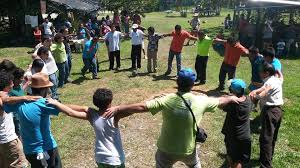
The houses are traditionally built with materials produced from the forest. The roofs are covered with suita palm leaves, joined and tied together by lianas and other plant fibers, preserving some elements are products of Mother Nature, however due to external influence it has undergone modifications.
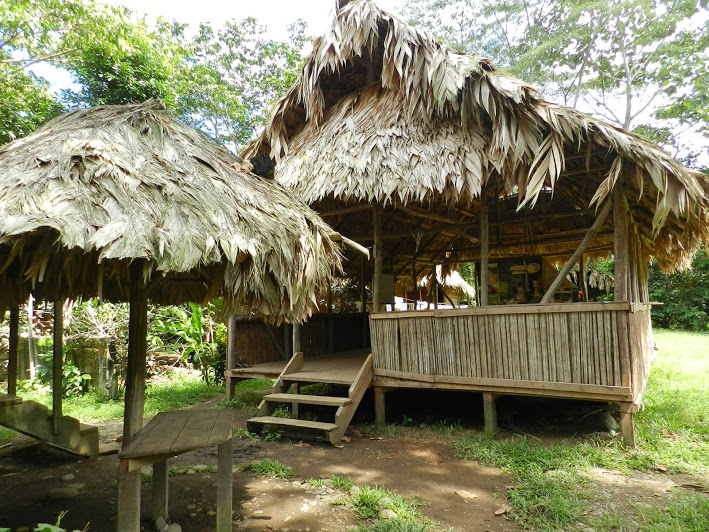
From their worldview they make a distinction between the uses of domestic animals and wild animals. Domestic animals such as pigs or chickens can be traded, but wild animals are only for self-consumption. If they sell them or do business, they will be punished by the owners of the animals.